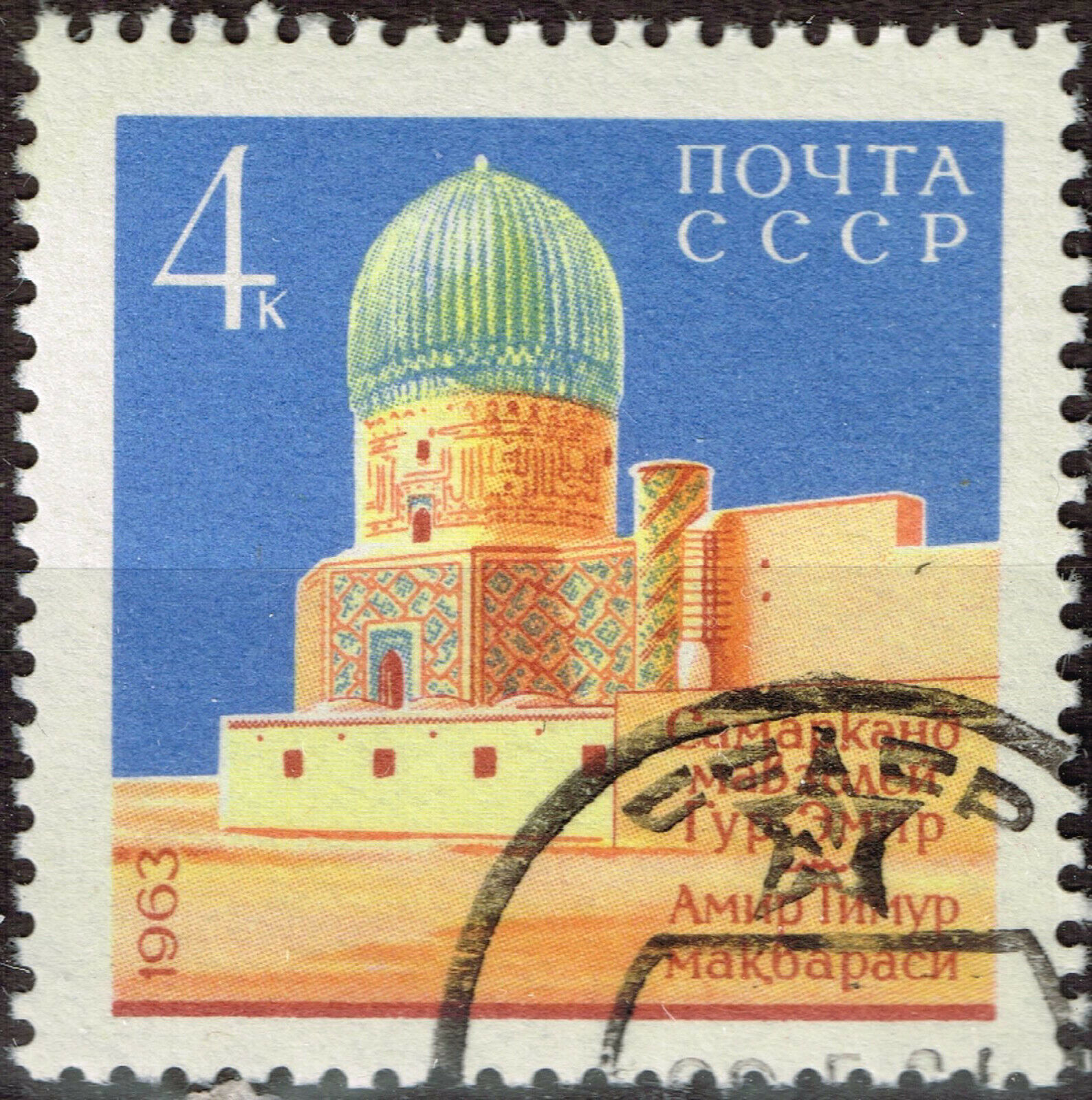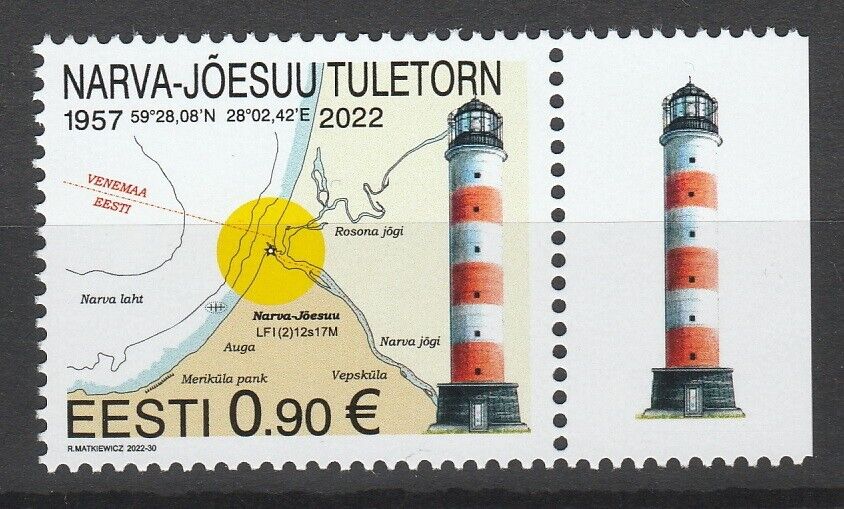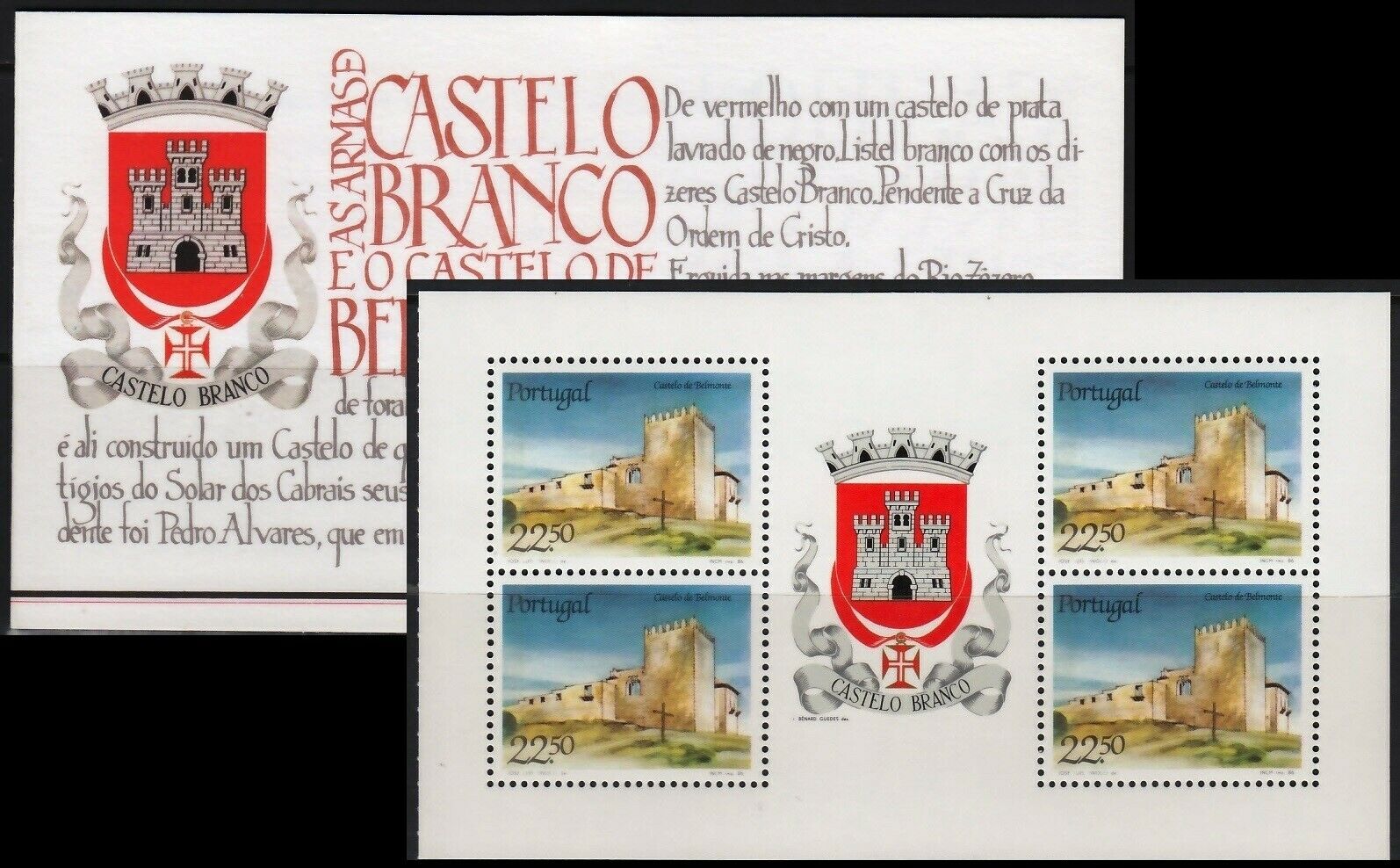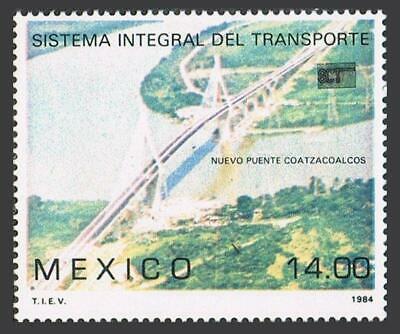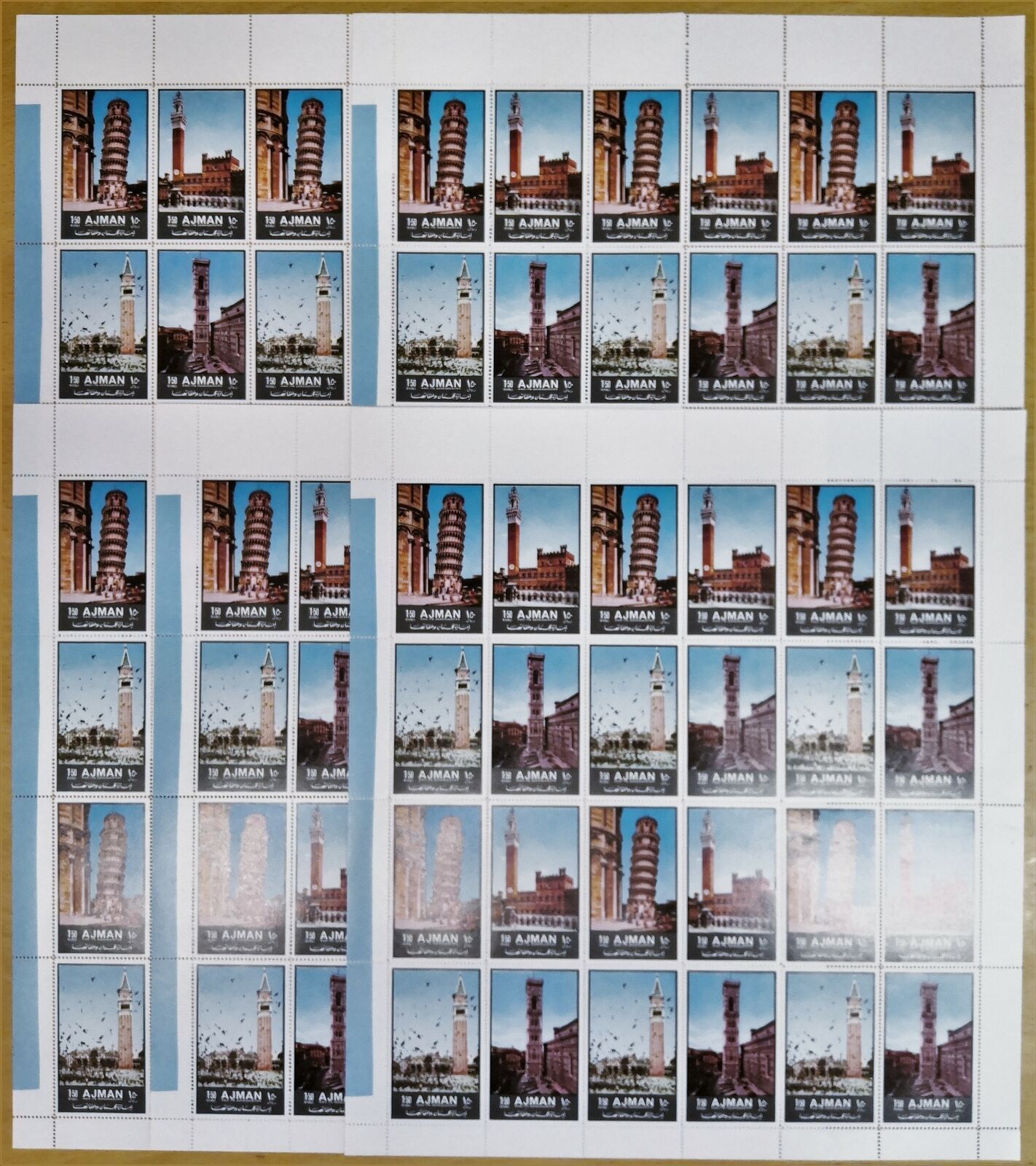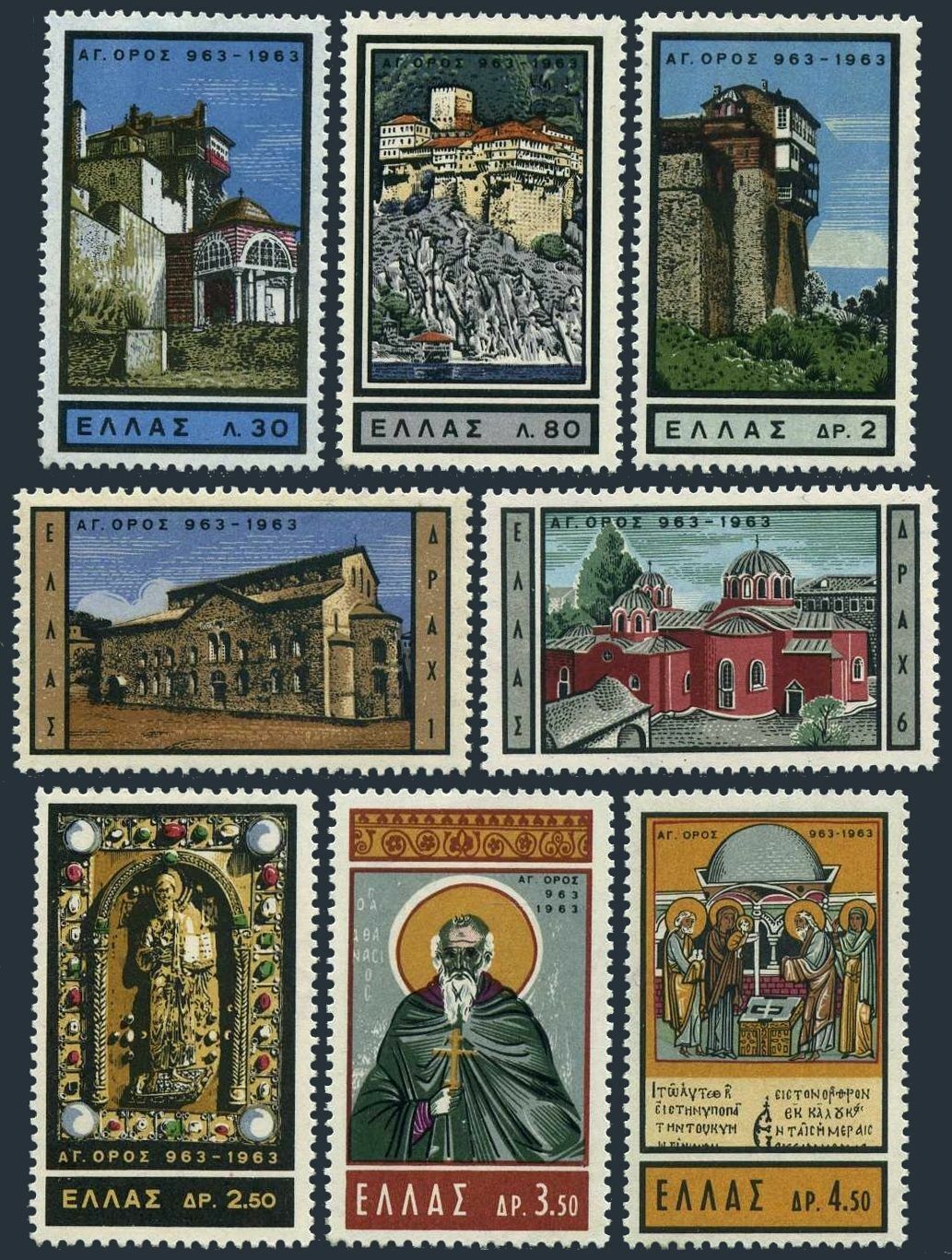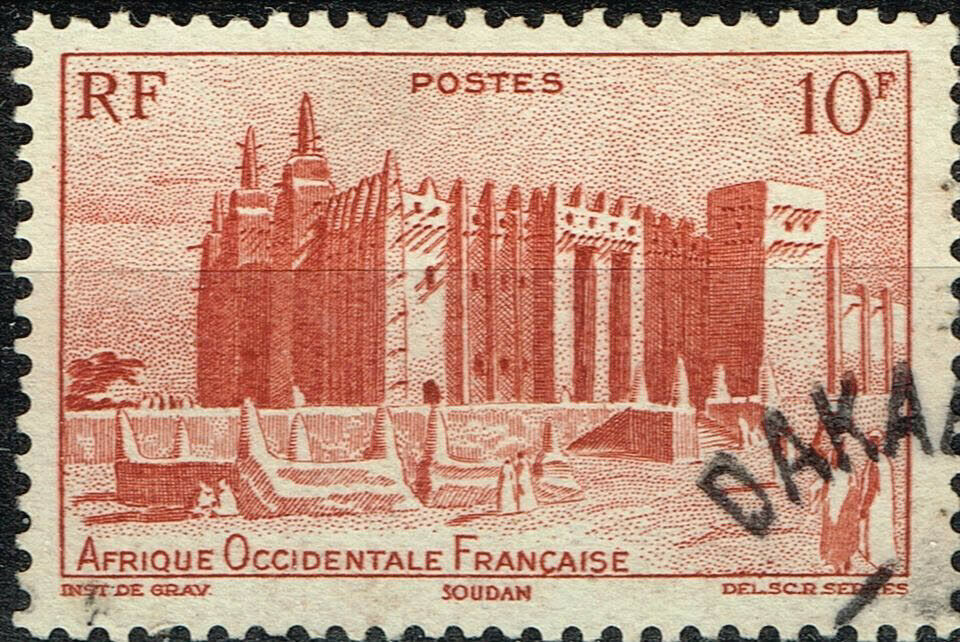-40%
Russia Uzbekistan Samarkand Famous Architecture Mauzoleum stamp 1963
$ 2.1
- Description
- Size Guide
Description
Very nice stamp.Samarkand
(from Sogdian: "Stone Fort" or "Rock Town") is the second-largest city in Uzbekistan and the capital of Samarqand Province. The city is most noted for its central position on the Silk Road between China and the West, and for being an Islamic centre for scholarly study. In the 14th century it became the capital of the empire of Timur (Tamerlane) and is the site of his mausoleum (the Gur-e Amir). The Bibi-Khanym Mosque remains one of the city's most notable landmarks. The
Registan
was the ancient center of the city. Under Ulugh Beg's government a solid block of dark green jade was placed over the grave of Tamerlane. Formerly this stone had been used at a place of worship in the Chinese emperor's palace, then as the throne of Kabek Khan (a descendant of Genghis Khan) in Karshi. Next to Tamerlane's grave lie the marble tombstones of his sons Miran Shah and Shah Rukh and also of grandsons - Muhammad Sultan and Ulugh Beg. Tamerlane's spiritual teacher Mir Said Baraka, also rests here. In 1740, Nadir Shah tried to carry off Tamerlanes sarcophagus, Nader idolized Timur, the most sucsessful conqueror from Central Asia. He imitated his military prowess and especially later in his reign cruelty, but it broke in two. This was interpreted as a bad omen. His advisers urged him to leave the stone to its rightful place. The second time the stone was disturbed was on June 19, 1941 when Soviet archaeologists opened the crypt. The anthropologist Mikhail Mikhay
lovich Gerasimov was able to reconstruct Tamerlane's facial features from his skull, and it was also confirmed that he was 172 cm in height, a giant for his day, and would have walked with a pronounced limp. Further historical information about the assassination of Ulugh Beg and the authenticity of the other graves was also confirmed. Timur's skeleton and that of Ulugh Beg, his grandson, were re-interred with full Islamic burial rites in November 1942, at the beginning of the Battle of Stalingrad.
